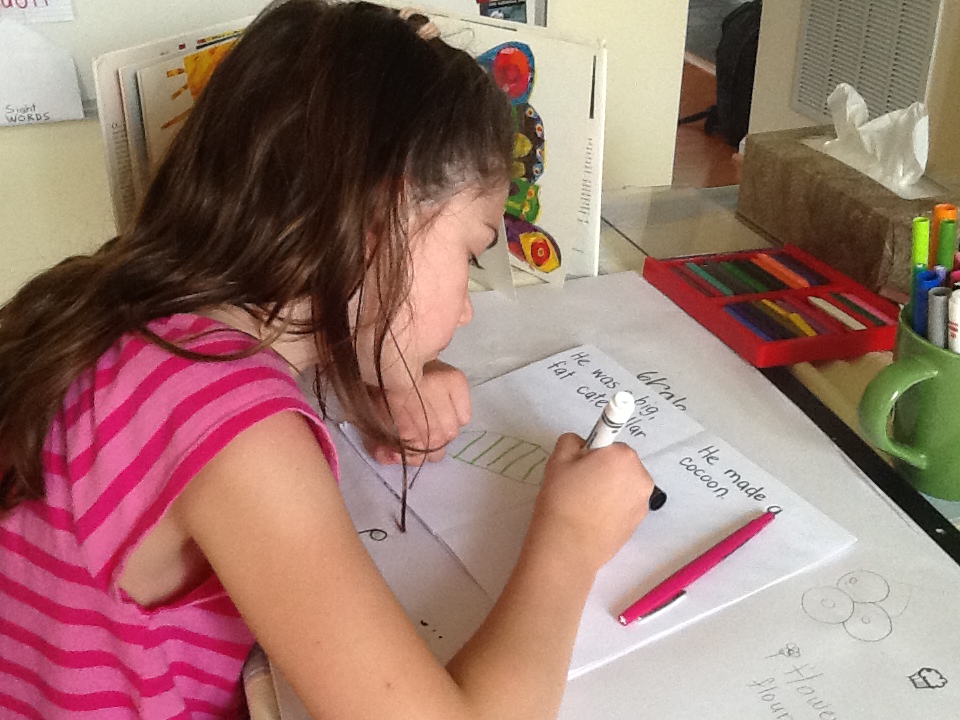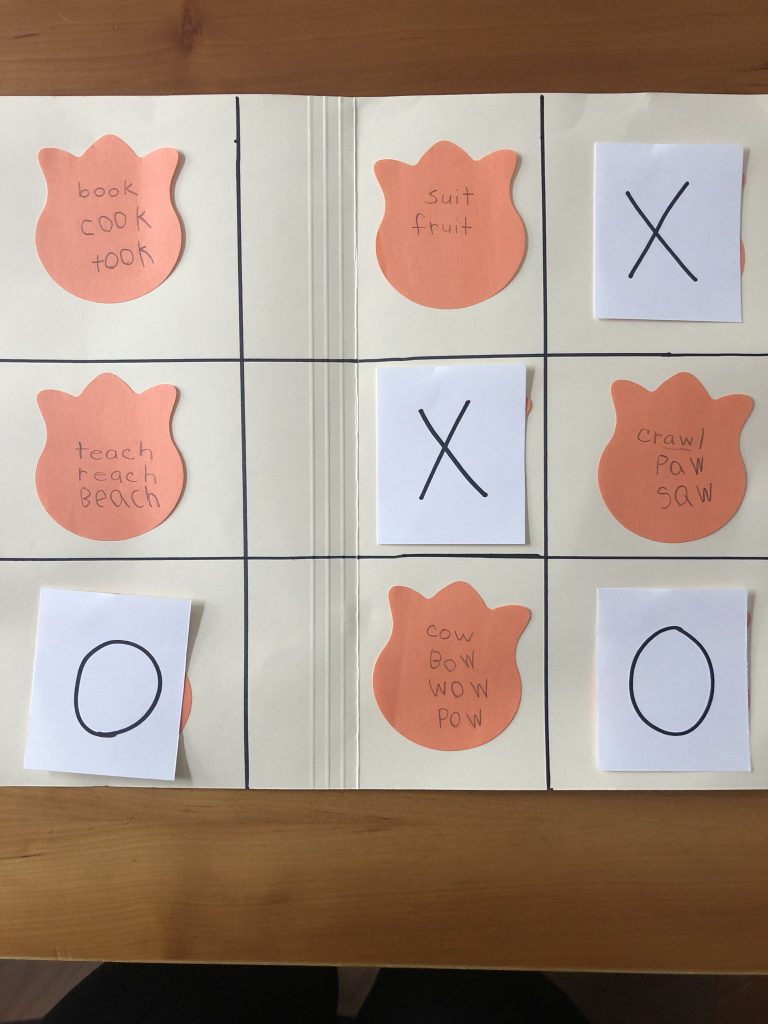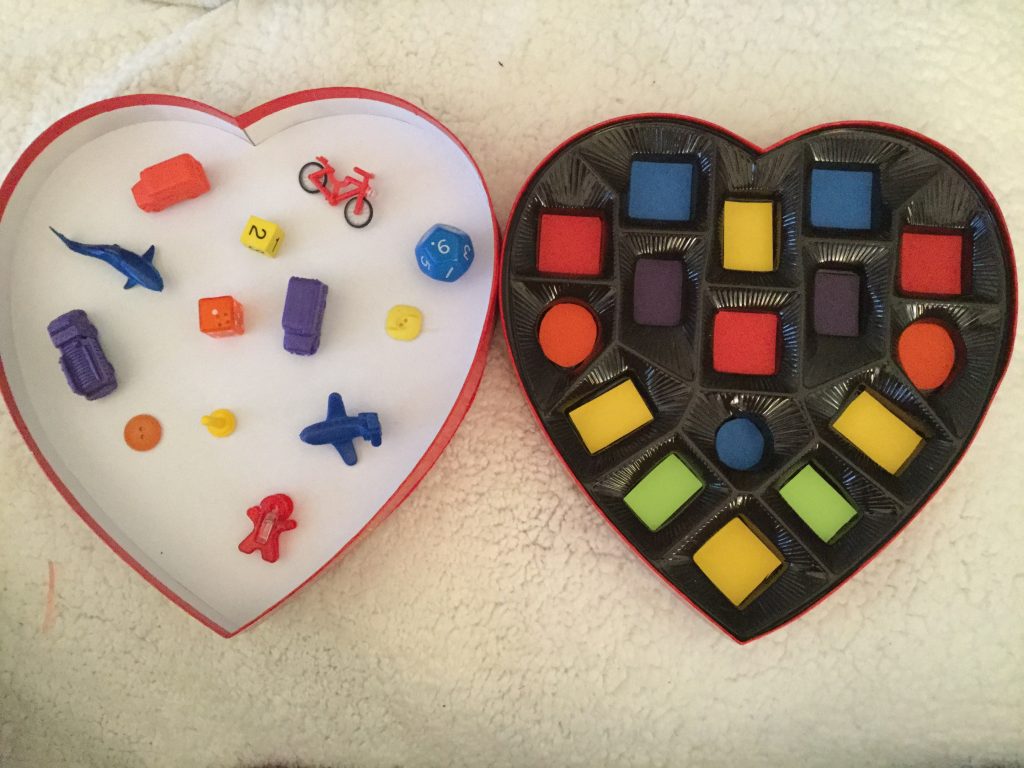Word games are a fun way to pass the time on car trips. Engaging games like this one provide an opportunity for learning and can be enjoyed by children with a variety of skill levels. Yesterday, as my husband and I drove five hours to our destination, I thought, “There are so many words, on so many signs, and they are everywhere you look.” “Speed limit, airport, bridges, river, zone, quality, travel, cove, cave, winery, cattle crossing, and high winds” to list a few.
Children benefit from writing activities. This game gives them an opportunity to write. They can write on a white board with a white board marker, on paper with markers or colored pencils, and on and an iPad if they have one. Paper and pencil is my first choice because it will strengthen their motor control and their ability to copy letters in the correct order to spell words. This activity also builds their vocabulary. When they copy the word from a sign and track each letter from left to right, they are practicing decoding skills. They see patterns in words. They are reading. New words encourage conversation about the meanings of words like the word, “merge,” for example.
This is how the game works. Begin by giving your willing passengers a sheet of paper with the letters of the alphabet written vertically from top of the paper to the bottom of the paper, beginning with the letter “a” and ending with the letter “z.” If they write on paper, they will need a hard surface like a notebook to support the paper. Instruct your passengers to write a word that begins with each letter of the alphabet and to write it next to the appropriate letter. Demonstrate what you want them to do with the letter “a.”
Older children can compete with one another by attempting to be the first to fill in their list alphabetically. Alphabetically, means they need to find each word in order beginning with the letter, “a,” e.g., airport, bridge, cave, drive, exit. Younger children can write the words randomly as they find them along the way. There are other ways to make the game more challenging like timing the game but the important thing is training the eye to notice details and practicing writing. To further challenge your children, have them practice using the words in a sentence.
Any word that is spelled incorrectly doesn’t count and the list must be complete in its entirety to qualify. For tricky letters like “q, u, x, and z,” the letter can be found in the middle of the word rather than at the beginning but trying to find words that begin with the letter is the goal. Words like “quality” and “antiques” work for the letter “q” and a word like “exit” works for the letter “x.”
Try out this game on your next car trip! You’ll be amazed at all the words your children will find!.




